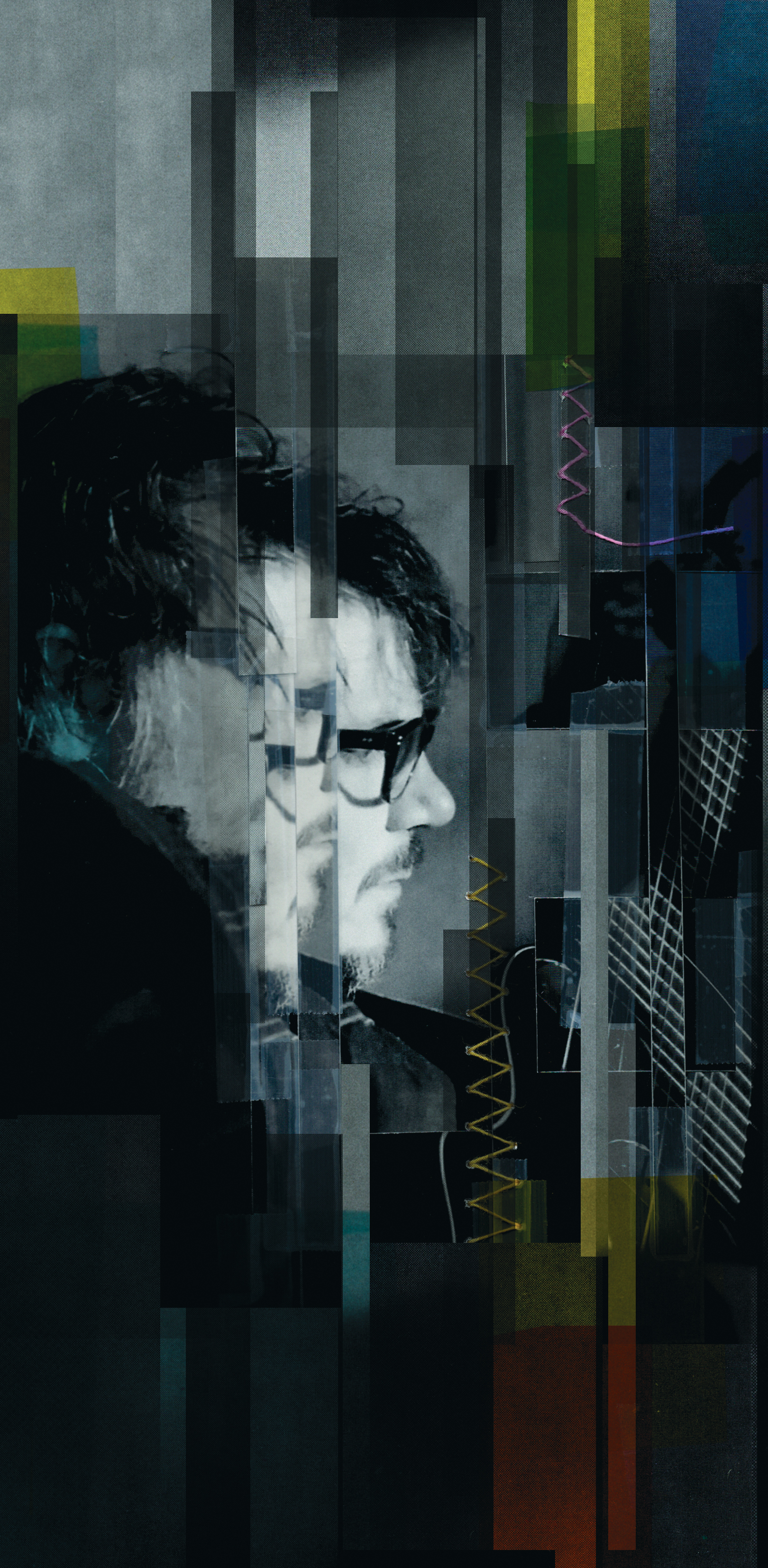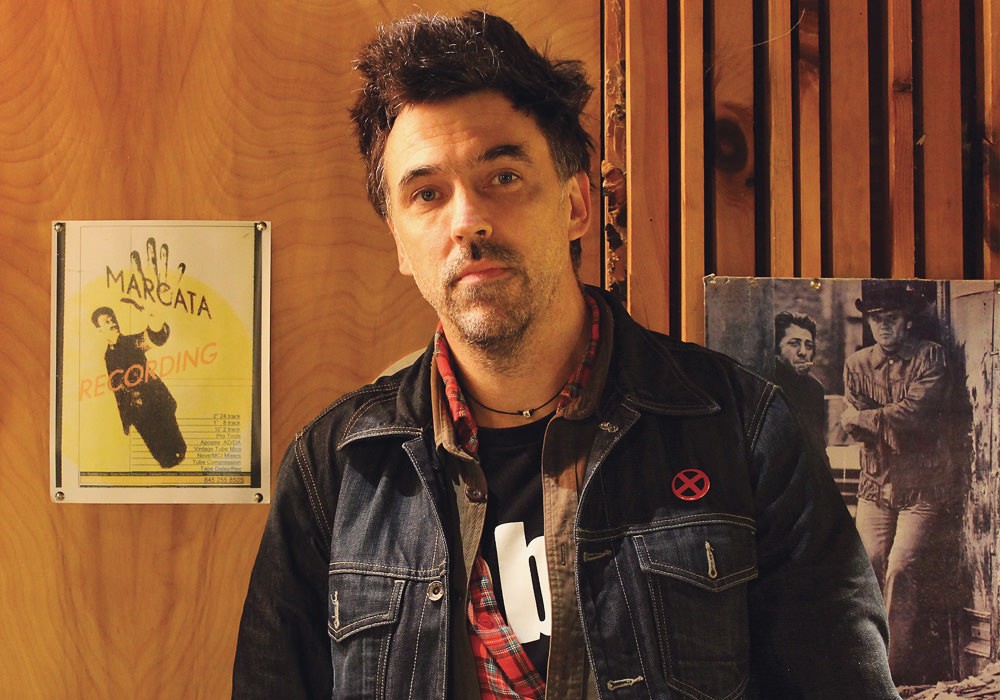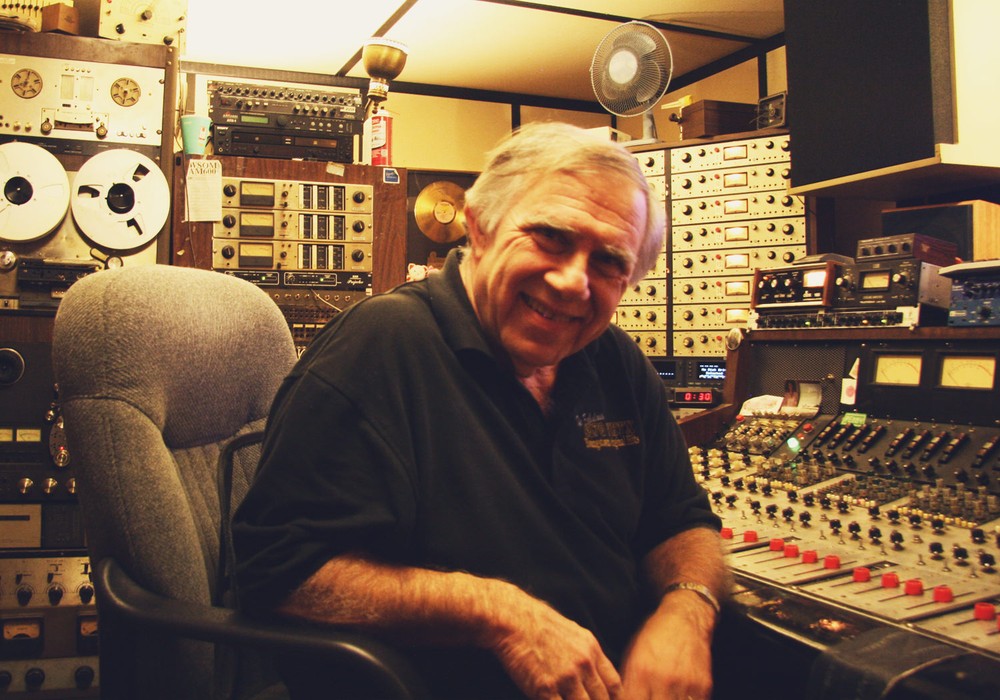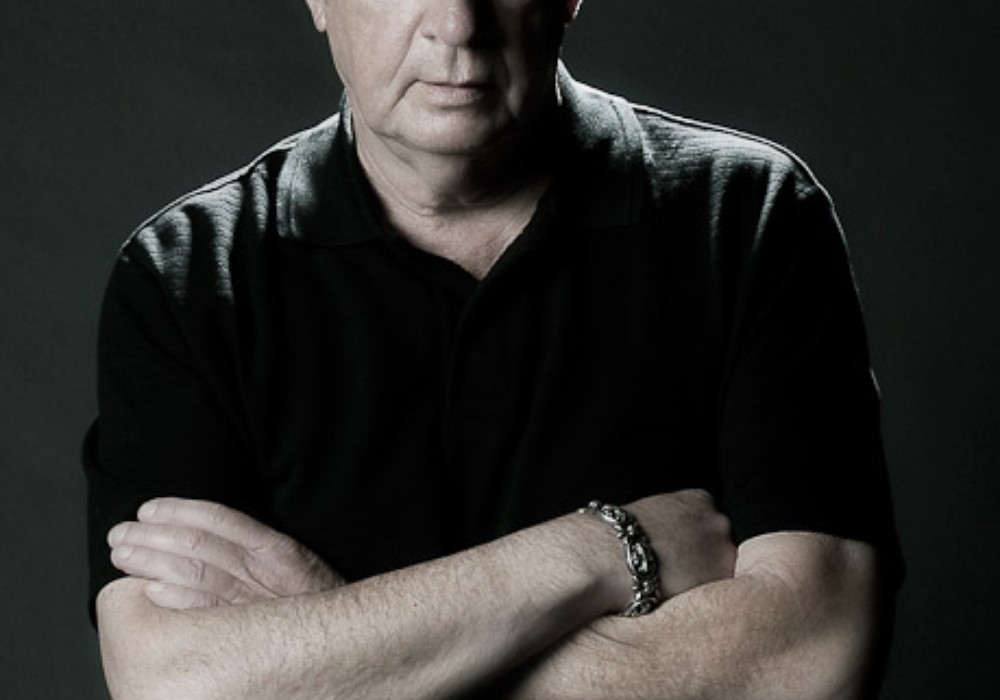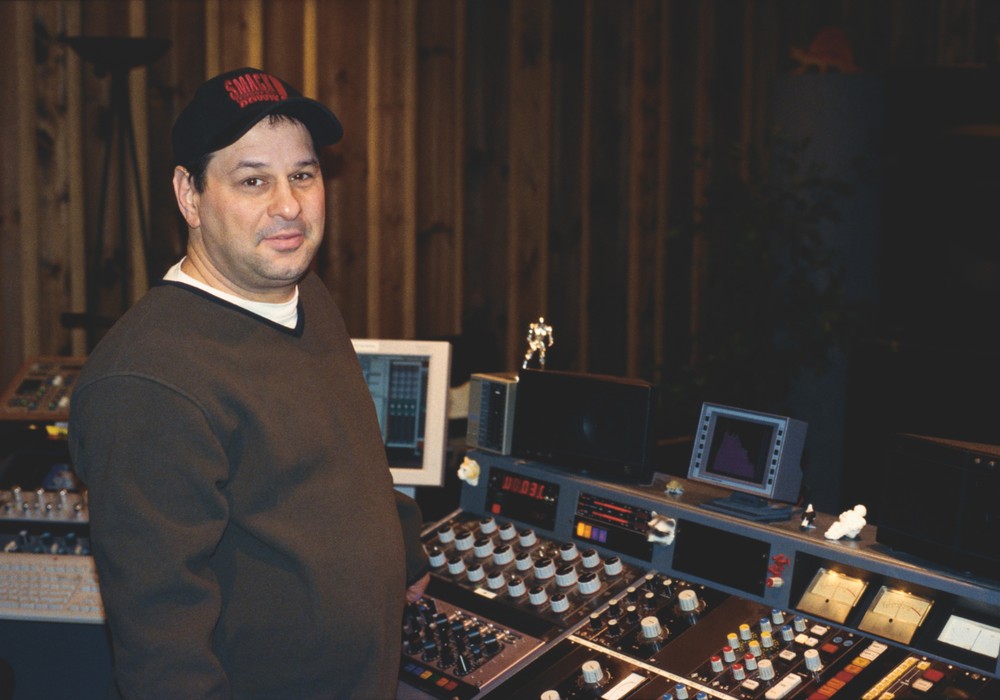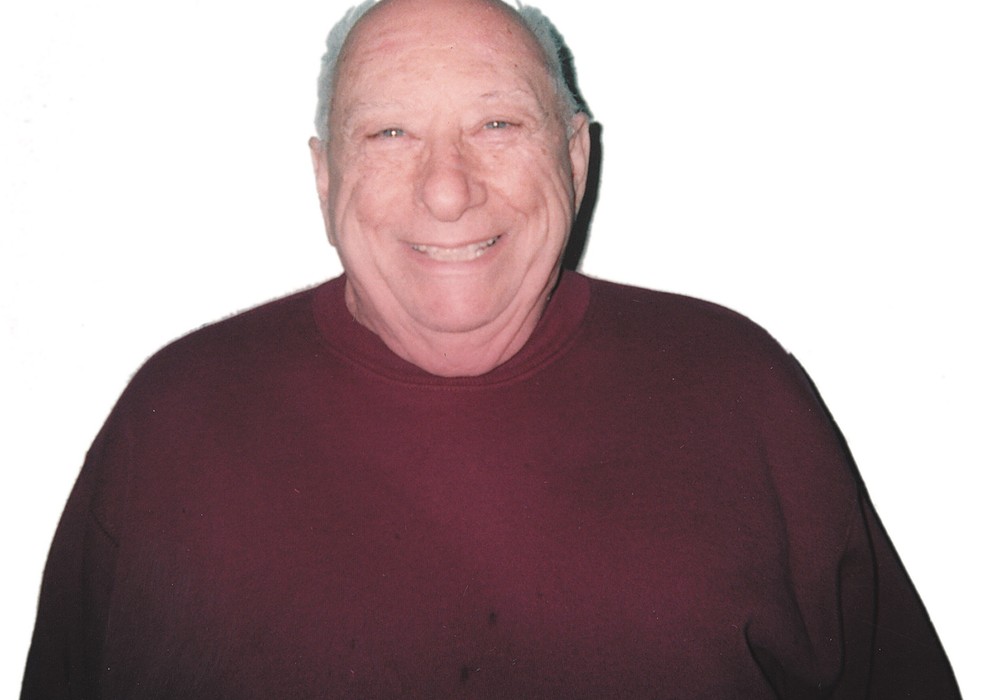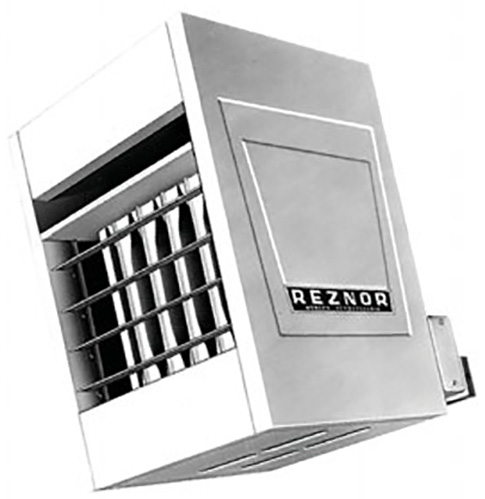
I've been in studios and rooms all over the world. I've seen where The Beatles spent hours creating masterpieces. I've been in the room where Buddy Holly's hits were made. I've stood at the mics that Al Green used on many hits. I've been in several rooms that David Bowie spun his magic in. Many of these places have something special going on maybe those creative vibes soaked into the walls but almost all of them require the musicians to cart their instruments and gear in, as well as to spend some time sorting out and setting up. And, by virtue of the usual studio layout, many professional studios leave the musicians and engineers in isolation from each other, especially during overdub sessions. In contrast is The Loft, a third-floor warehouse practice space turned studio, where Wilco and Jeff Tweedy have created a musician's dream. Racks of drums and other instruments fill the space, with the control room area (not "room") taking up the front part of the building. There's even a kitchen/dining area, a tech bench for repairs, and various little hideaway spots scattered all around the 5000 square foot room.
My partner in Tape Op, John Baccigaluppi, noted that Jeff's memoir, Let's Go (So We Can Get Back): A Memoir of Recording and Discording with Wilco, Etc., and a solo album, Warm, were being released, and he asked if we should have Spencer Tweedy, Jeff's son, conduct an interview with his dad. Spencer has been in touch with Tape Op for years, letting us know about his wonderful boutique mic cable company, Fjord Audio [Tape Op #126], as well as suggesting some book ideas for us.
So, I asked Spencer to do an interview, but Spencer and Jeff asked if I would come visit and do one in person. I'm very glad I did. I spent time interviewing Jeff and engineer Tom Schick [see his interview this issue] over the course of two days, and I was able to hang out with the rest of Wilco, even enjoying a lunch with them. The band was hard at work on an upcoming album; it was an honor to hang with them, as well as Tom, studio manager-and-more Mark Greenberg, and the enthusiastic and talented Spencer.
On the flight into Chicago, I ran into my friend Jonathan Pines, who had helped former Wilco member Jay Bennett [#41] turn The Loft into a studio nearly 20 years ago for use on Mermaid Avenue Vol. II, a collaboration between Billy Bragg and Wilco, and engineered some of the album there...
Jonathan Pines explained to me how you had a place here for rehearsals and storing your gear. During the Mermaid Avenue sessions, he set up a space to start working.
Yeah. Maybe we looked at it this way, because Mermaid Avenue was an advance from a record label we hadn't planned on. It was this side thing that ended up being sort of legitimate. The first Mermaid Avenue had been pretty successful. I think the general thought was that it would be money well spent for us to have a place to record ourselves. We did what we could with what we had financially. At that time, it was ADATs.
I saw a photo yesterday. Recording = VHS tape!
Yep, which Jay Bennett was comfortable with. Before he was in Wilco, he worked at a VCR repair shop.
No way!
Yeah. He felt like ADATs were the medium for him. He was excited about that. We did get a tape machine at some point. I basically bankrolled it with money that was coming in from my contracts. I never had much interest in putting it together. I wanted to have it be put together in a way that we could work. A couple of other engineers in town probably weighed in too. It was wired and set up in a way that prohibited almost anyone else from using it. Ridiculously complex. Even the order you were supposed to turn it on. I always thought that was like "job security." Jay wanted to be the guy who was engineering when we were up here. Nobody else could really work with it. But that became the plan going forward, which was not to spend so much money going to other people's places, but to basically use whatever advances we were getting to upgrade what we were able to use, and then have something to show for it going forward. Over time, it became this [The Loft].
Jonathan was like, "We had to build gobos, put all the cables in, and do all of this." It was like, "Here's a room."
Yeah. It's basically grown out of a glorified VCR.
After that you did Yankee Hotel Foxtrot in here, right? What was the timeline on all that?
Oh, it's blurry. From that point on, part of almost everything we've worked on has been up here. We had upgraded to tape from ADATs by the time Yankee was being worked on. We tried to mix at CRC [Chicago Recording Company]. We had transferred everything, all the ADATs to 2-inch reels, and went down there. We didn't get much out of that. Then I basically started working with Jim O'Rourke [Tape Op #16], just the two of us, at Soma [Electronic Music Studios], John McEntire's studio [#23]. It was the same tape machine Richard Swift [#120] had, that I ended up buying and then selling to him. We used that machine to go to Pro Tools, and then we'd mix to 1/2-inch. We'd mix up until the chorus, wipe the board, mix the chorus, and then splice it in. It was all tape edits. You could never reconstruct Yankee Hotel Foxtrot. It would be impossible. Nobody even knows where all the different pieces are.
It's famously documented in the film as well [I Am Trying to Break Your Heart: A Film About Wilco]. There was a lot of creativity being thrown at this album.
The part of it that's not in the movie at all actually is the part where we were at Soma, where we basically ripped everything back down to the skeleton and started reconfiguring it. I think by that time, [director] Sam Jones had run out of money for his film. He had to prioritize, and he wanted to wrap it up in some other fashion, so he didn't film any of it.
Right. You mention a bit of that in your book, about how skewed it comes off. I never saw the movie until two weeks ago.
Oh, wow. Good for you!
I knew it was about people in the studio when there were arguments. I was like, "I don't know if I want to see this. I...
The rest of this article is only available with a Basic or Premium subscription, or by purchasing back issue #132. For an upcoming year's free subscription, and our current issue on PDF...
Or Learn More
